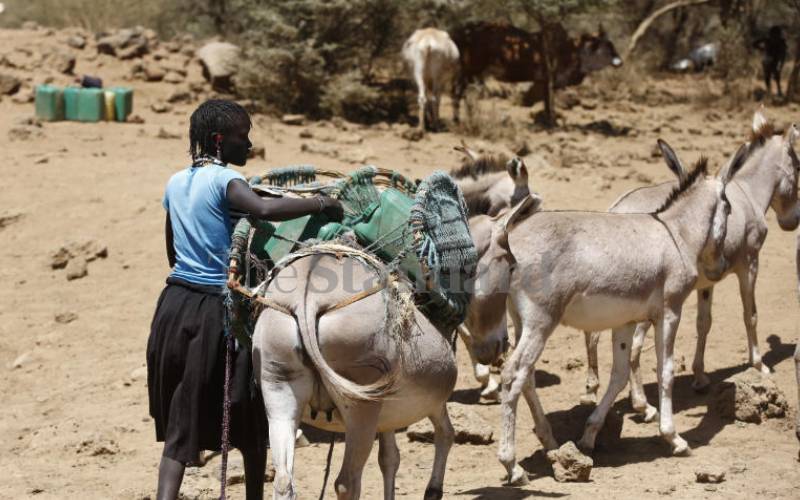×
The Standard e-Paper
Join Thousands Daily

Josphine Mpatiany, who lost her donkey in 2017 in Olaimutiai in Narok. [Kipsang Joseph, Standard]
In Olaimutiai village in Nkareta, Narok North constituency, tiny specks of dust along the footpaths dance to the rays of the sun.